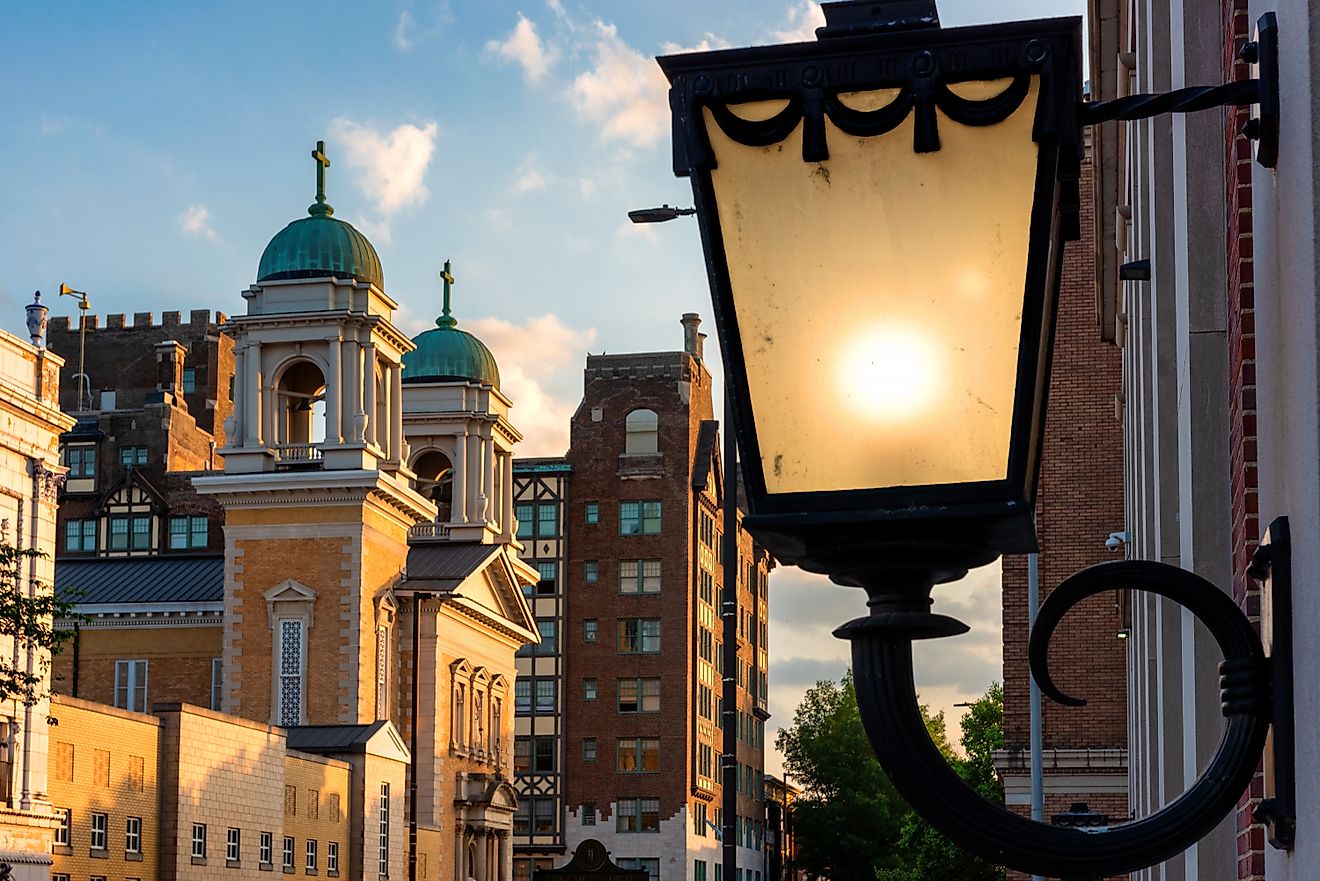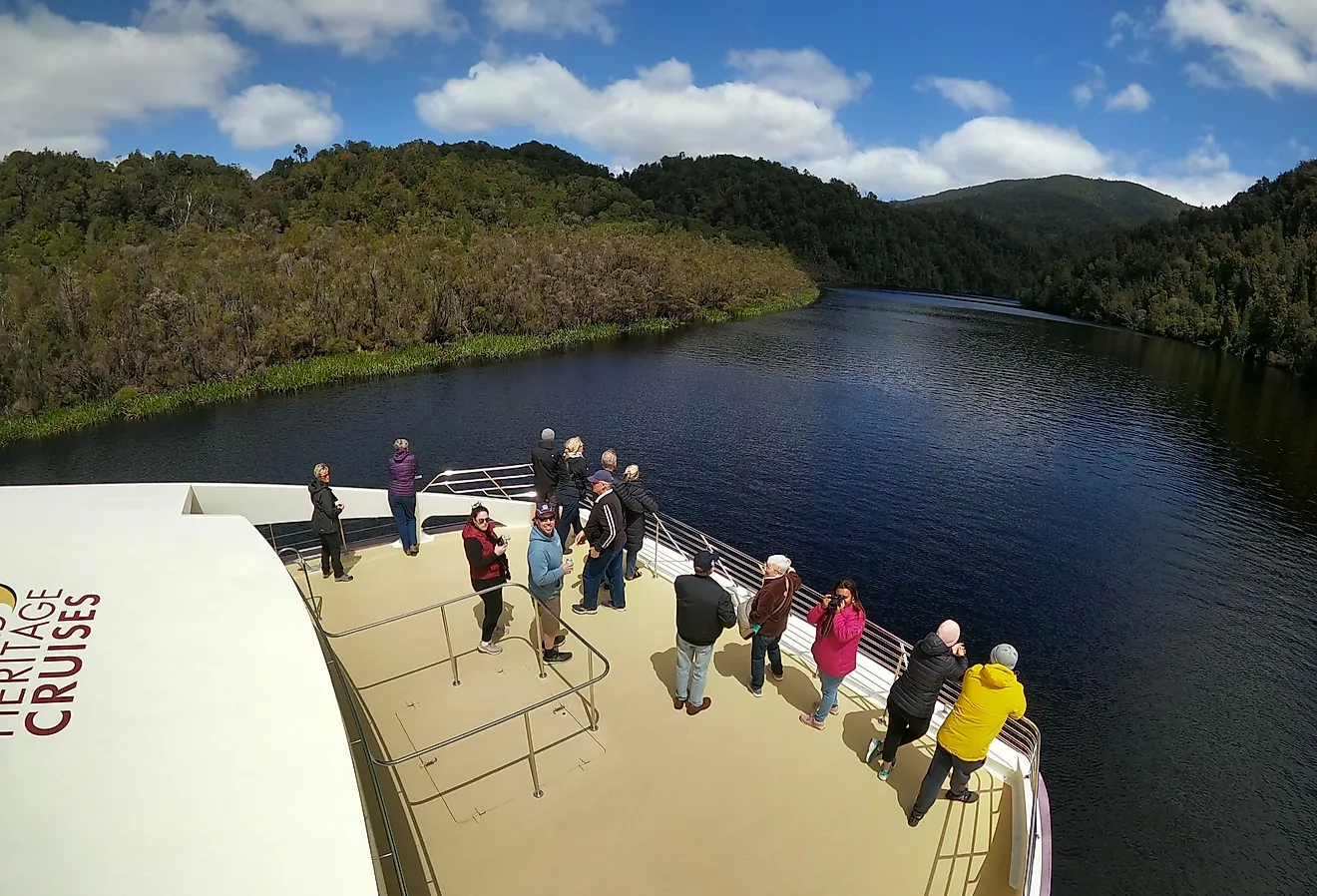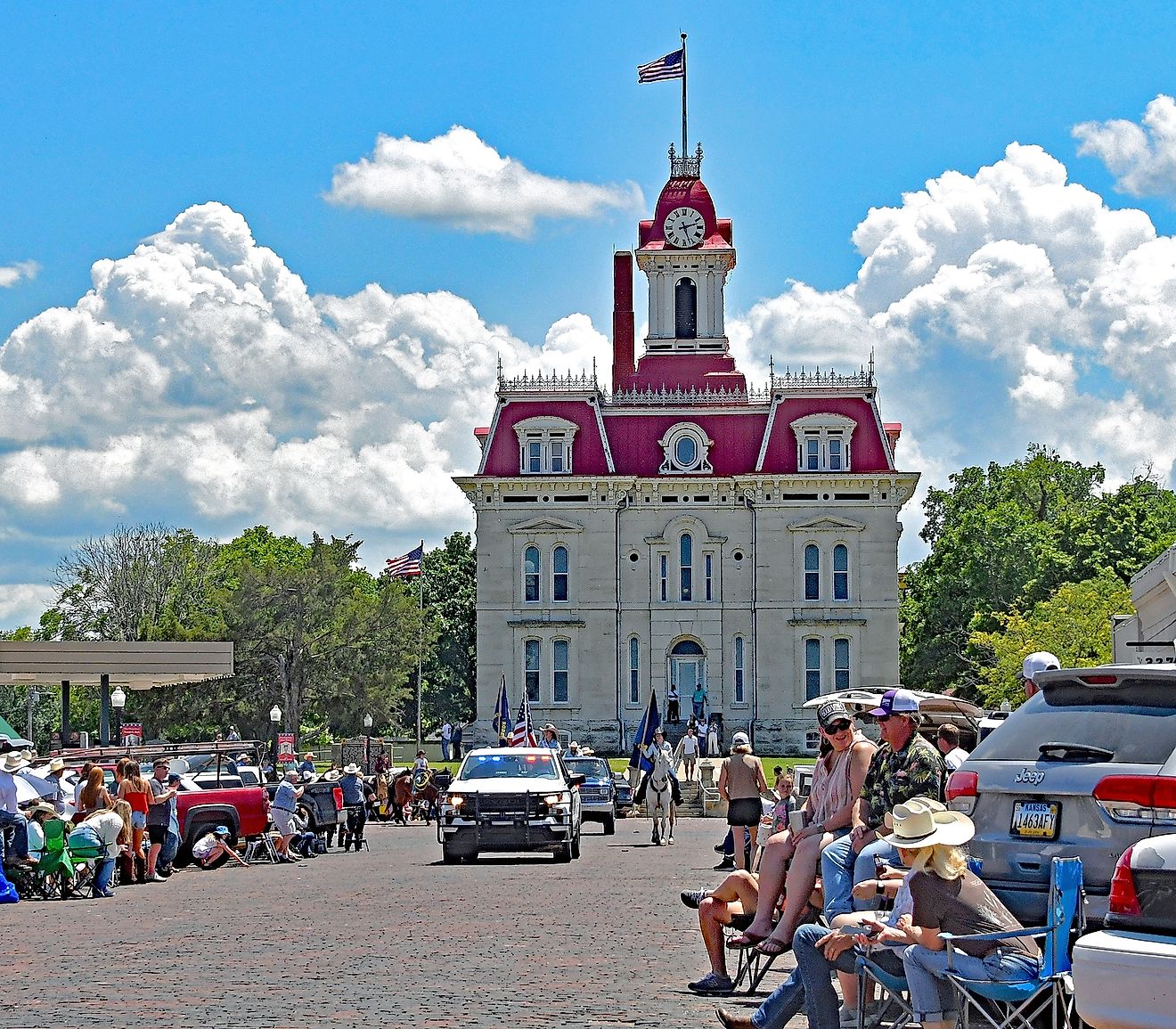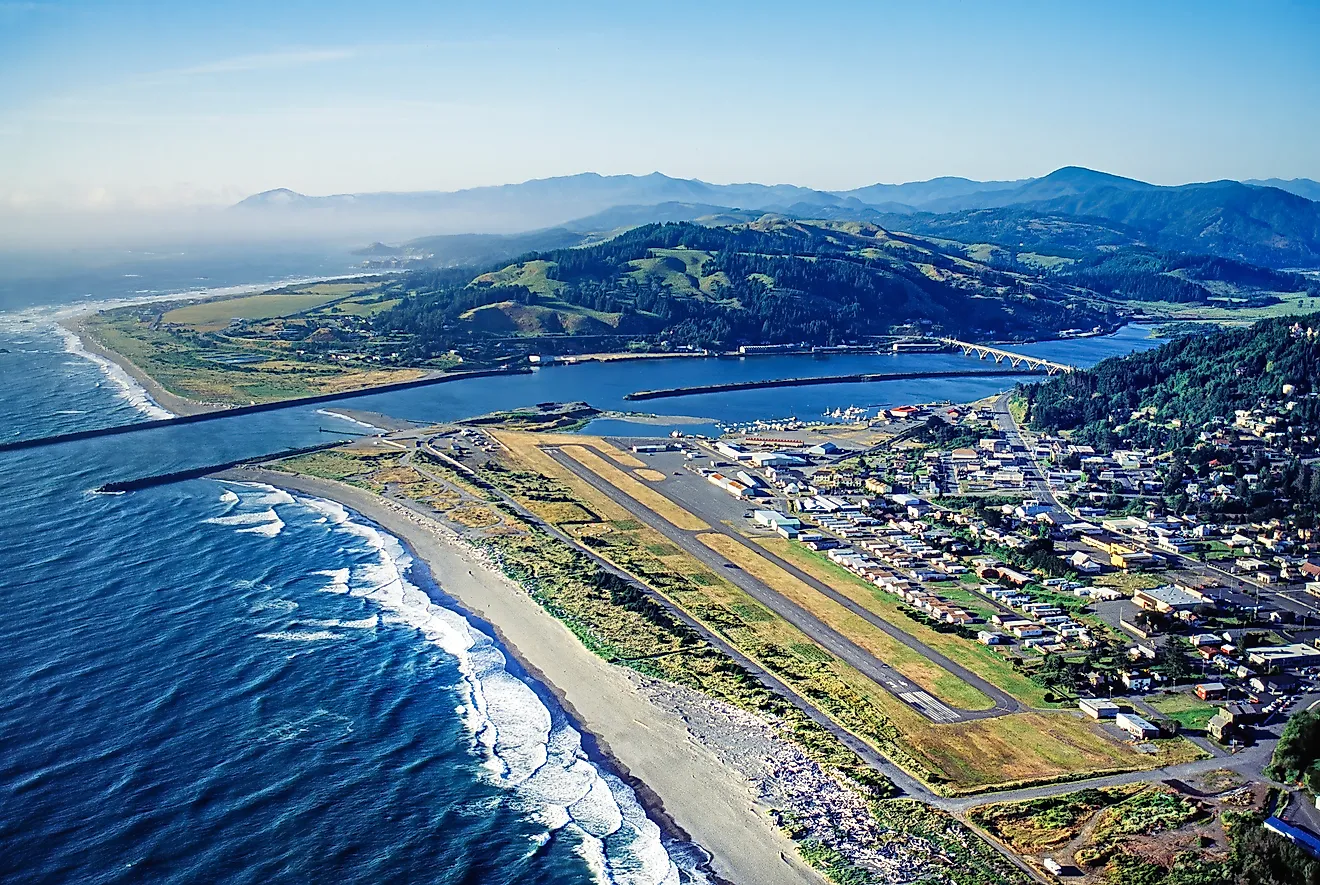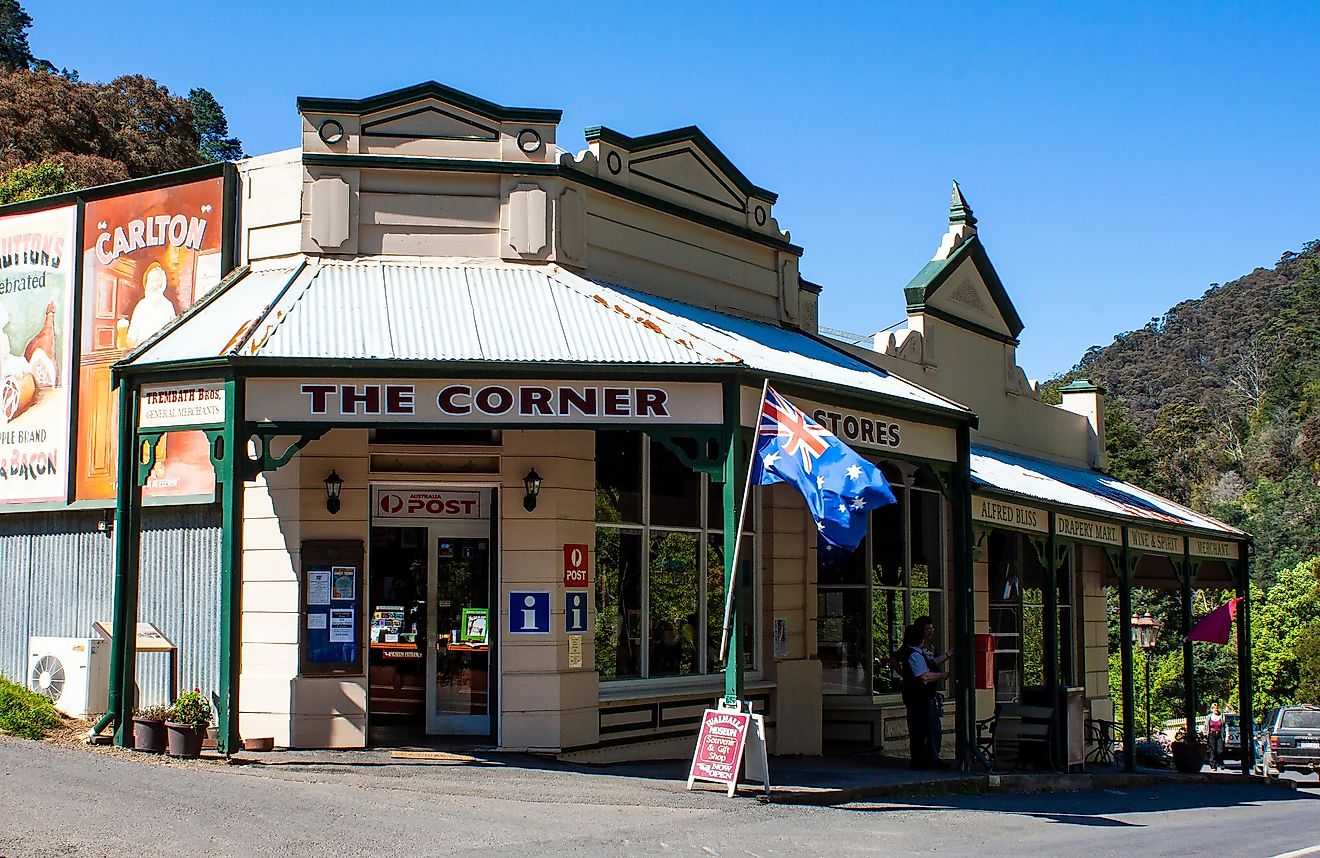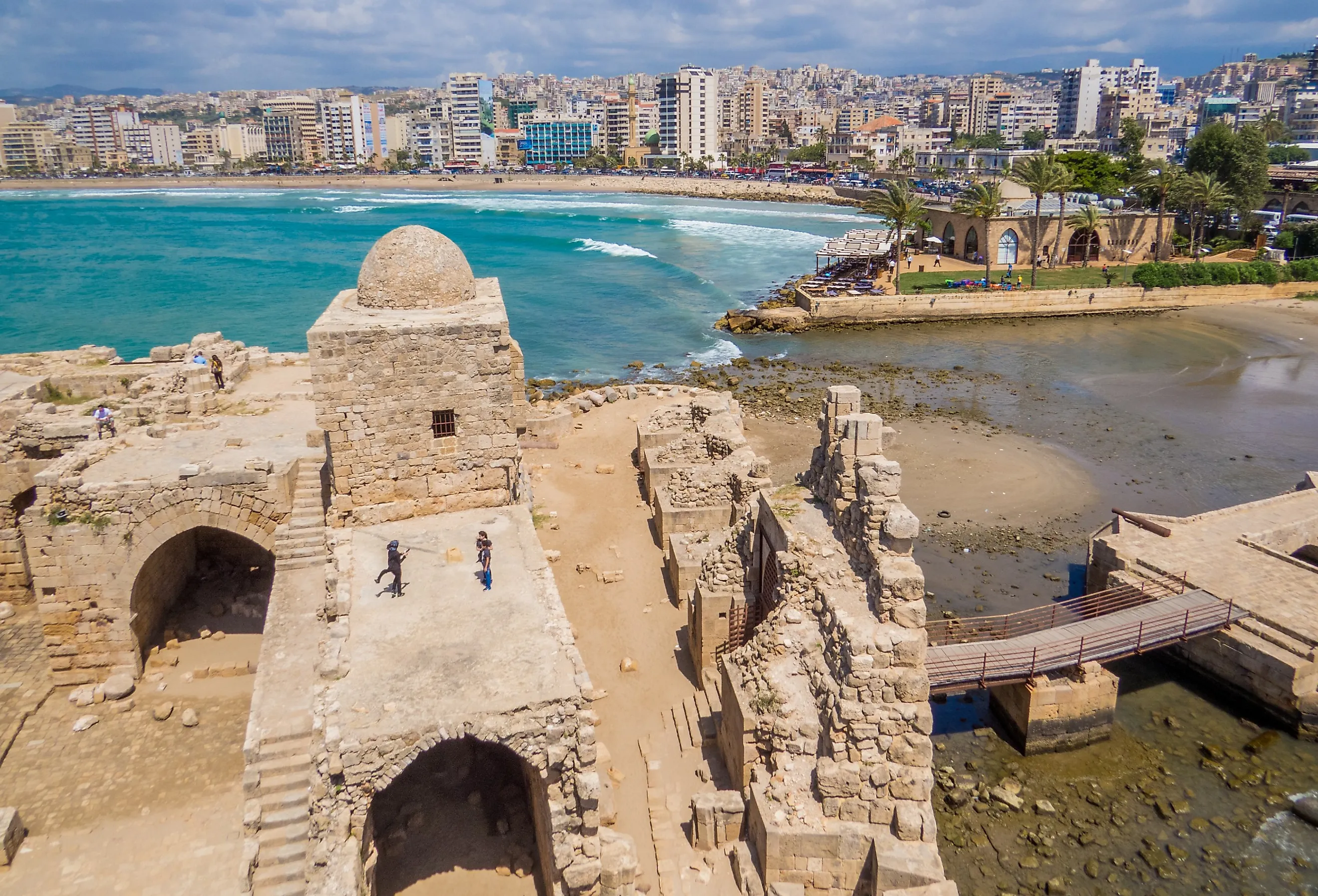
Oldest Cities in the World
Historical continuity, archaeological evidence, and the degree of urban development are among the factors considered when defining the world's "oldest city." It is a complex task, as the criteria used can greatly affect the outcome. While some hold that continuous habitation since its establishment defines the oldest city, others argue that the city must retain its urban function through time. Still, others consider the earliest evidence of a structured settlement as the defining factor.
Therefore, the debate on what constitutes an old city is subjective and influenced by cultural, historical, and archaeological perspectives. For example, in the past millennium, war and famine caused consistently high city populations to dip into extreme lows for short periods of time. Modern cities are often defined as urban areas with over 100,000 people; however, in the 1st century, the population of the entire world hovered around only 200 million. Therefore, some liberty is necessary when understanding what our ancient ancestors considered "cities," given the limitations of their infrastructure.
These oldest cities in the world share a common trait: they have stood the test of time, bearing witness to the ebb and flow of humanity's greatest triumphs and failures.
Jericho, Palestinian Territories
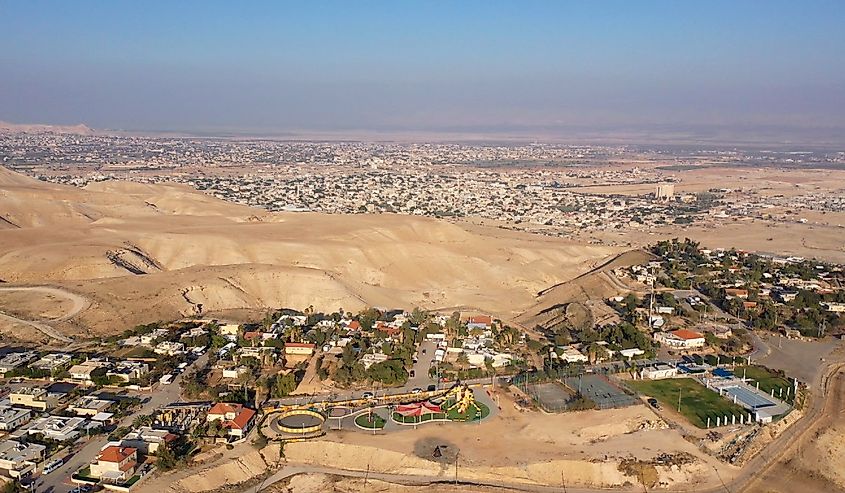
Jericho, near the Jordan River in the Palestinian West Bank, is often called the "oldest inhabited city," with a history spanning from 10,000 BCE to the present. Early settlements from the Natufian culture evolved into proto-city structures during the Neolithic period, including the Tower of Jericho (dated to 8,000 BCE, making it the oldest discovered stone building). In myth, Jericho was a Canaanite city-state of the bronze age before the Israelites conquered it around 1400 BCE, according to biblical accounts. However, archaeological evidence from this period is scarce and sometimes inconsistent with the biblical narrative.
For example, the biblical story of the walls of Jericho brought down by Joshua's army does not align with the available archaeological records. More definitively, Jericho's control passed through many hands, including the Canaanites, Israelites, Persians, Greeks, Romans, and various Islamic dynasties. In particular, the Roman and Byzantine periods saw it marked as a Christian pilgrimage site. After World War I, Britain took control, then Jordan, and then Israel after the Six-Day War. Today, it is administered by the Palestinian Authority. Despite current challenges such as water shortages, Jericho's archaeological legacy is in a rank of its own.
Byblos, Lebanon
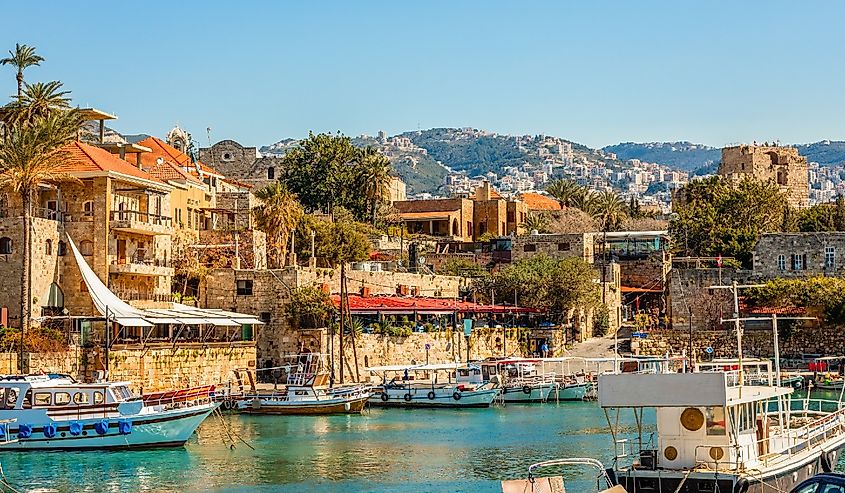
A coastal city in modern Lebanon, Byblos has an extensive history dating back to the Neolithic period, around 8000 BCE. Named Gebal by the Phoenicians, it was later renamed Byblos by the Greeks, who imported papyrus from the city, leading to the word "Bible." Byblos was a significant economic and cultural center renowned for its shipbuilding industry and the manufacture and trade of papyrus. It fell under various influences, including the Egyptians, Persians, Romans, and Crusaders, each leaving distinct historical imprints.
Remarkable archaeological remains, such as the Byblos Castle, ancient temples, and the Phoenician royal necropolis, attest to its past. Notably, the past intermingles: medieval engineers borrowed granite temple columns leftover from abandoned Roman temples and reinforced the castle's walls with them. Byblos's historical significance is marked by its UNESCO World Heritage Site status, where the old city still stands as a publically viewable arrangement of mesmerizing ruins.
Aleppo, Syria
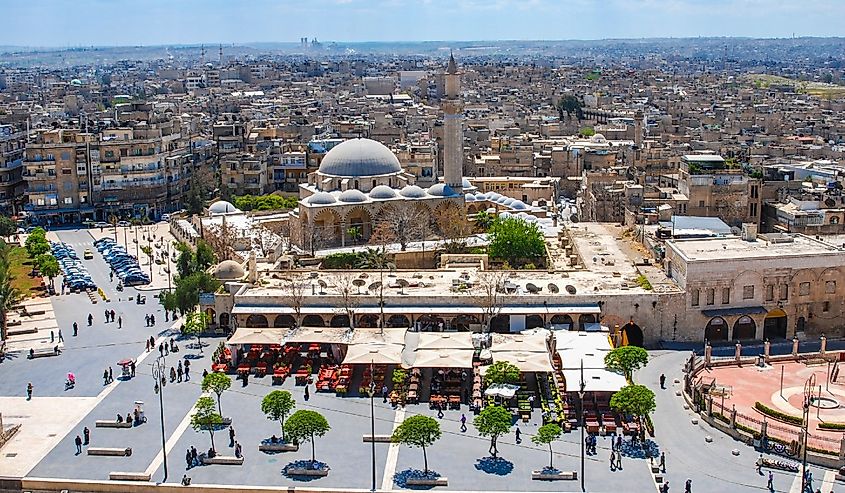
Excavations in Tallet Alsauda prove that human activities in Aleppo began as early as 5000 BCE. This ancient metropolis has witnessed the rise and fall of countless empires. For instance, it was initially a key Sumerian city. The Hittites and Assyrians later controlled it, and by the 4th century BCE, it fell under the rule of Alexander the Great. Subsequently, the city was part of the Roman and Byzantine Empires, gaining prominence through its strategic location on the Silk Road. In 637 CE, the Islamic conquest brought the region under their influence.
Aleppo experienced significant growth during the Umayyad and Abbasid Caliphates and later under the Ottoman Empire, becoming a cultural and economic hub. Aleppo has always occupied, and still occupies, a central location in the Mediterranean in terms of trade and interaction. However, the city suffered great damage during the Syrian Civil War (2011-2020), costing it both artifacts and entire archaeological sites. The war brought the population from 3 million to 600 thousand between 2010 and 2014, but today it has returned to over 2 million.
Damascus, Syria
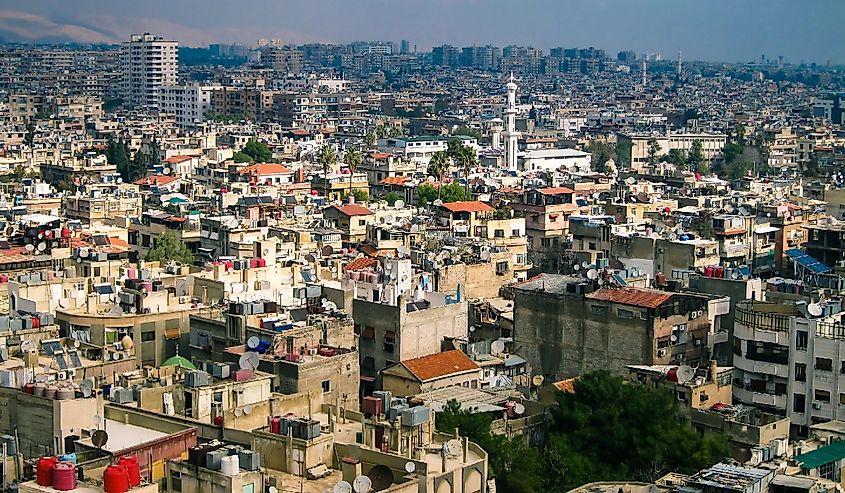
While many regard it as the fourth holiest city in Islam, Damascus also has a history that stretches back a substantial 8,300 years. Initially a strategic trading hub, its position between the Orient and the Occident attracted numerous civilizations, including the Aramaeans, Romans, and Muslims. The Aramaeans took control of Damascus around 1000 BCE, transforming it into an independent city-state and a prominent center known for its developed trade and crafted metalwork.
The Romans captured Damascus in 64 BCE, incorporating it into their Decapolis League of cities, and under their rule, the city prospered. The Muslims, under the Rashidun Caliphate, seized Damascus in 634 CE, after which it flourished as the capital of the Umayyad Caliphate (661-750 CE), becoming a center for Islamic culture, arts, and learning. T.E. Lawrence of "Lawrence and Arabia" visited Damascus in 1918 after Britain claimed the city from the Ottoman Empire, although the country of Syria is now independent following the Levant Crisis of 1945.
Susa, Iran
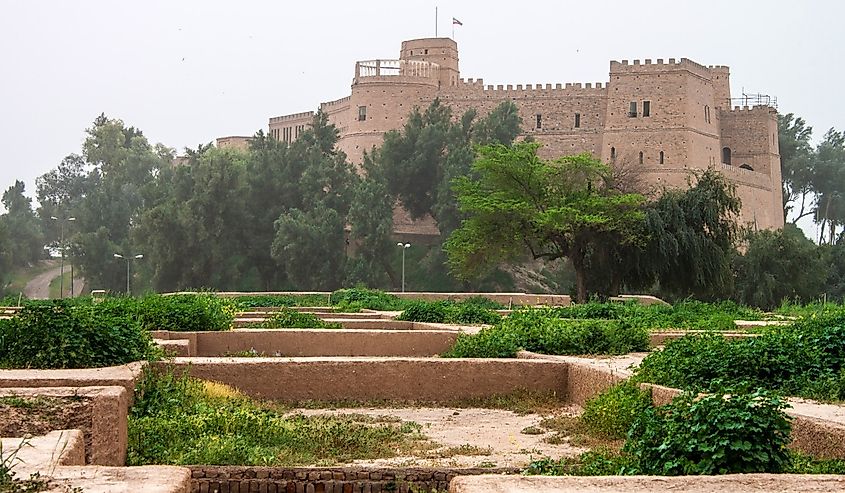
In southwestern Iran, there is an ancient city that has gone by many names, and today it is Susa in English. Founded in approximately 4400 BCE, it became a significant hub of the ancient Elamite, Persian, and Parthian Empires. Renowned for its strategic location, Susa served as a bridge between the Mesopotamian and Iranian civilizations, becoming a melting pot of cultures, ideas, and traditions. In its prime, Susa included grand palaces, temples, and ziggurats, notably the monumental Palace of Darius. Its importance is underscored by its numerous mentions in ancient texts, such as the Old Testament, which identifies it as Shushan.
Faiyum, Egypt
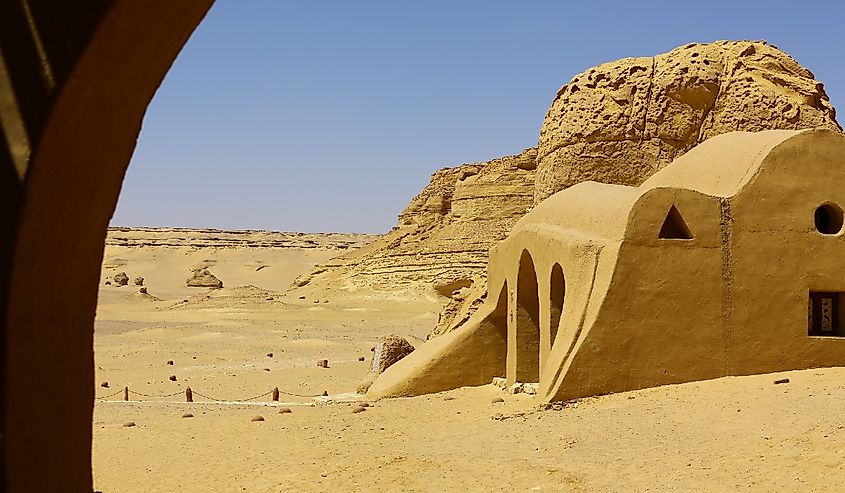
Faiyum, a verdant oasis amid desert landscapes, has been continuously inhabited for millennia. The region's human history dates back to the Neolithic era, circa 5200 BCE, with the establishment of the first-known settlement. The Faiyum Oasis thrived under the Ptolemaic kings, who, in the 3rd century BCE, developed it into a center of Hellenistic culture, renaming it "Crocodilopolis" for its sacred crocodile, Petsuchos. The Faiyum portrait mummies, a fusion of Egyptian and Roman funerary traditions, reflect further how two different civilizations can impact a society.
The region's location facilitated trade routes, enhancing its economic significance during the Roman and Byzantine eras. Islamic rulers, too, valued Faiyum, developing it further in the medieval period. Irrigation improvements in the 19th and 20th centuries transformed Faiyum into a critical agricultural zone. As of now, it still has a very active market, a canal lined with housing, and the Lahun Pyramids sitting 2 miles outside of town.
Sidon, Lebanon
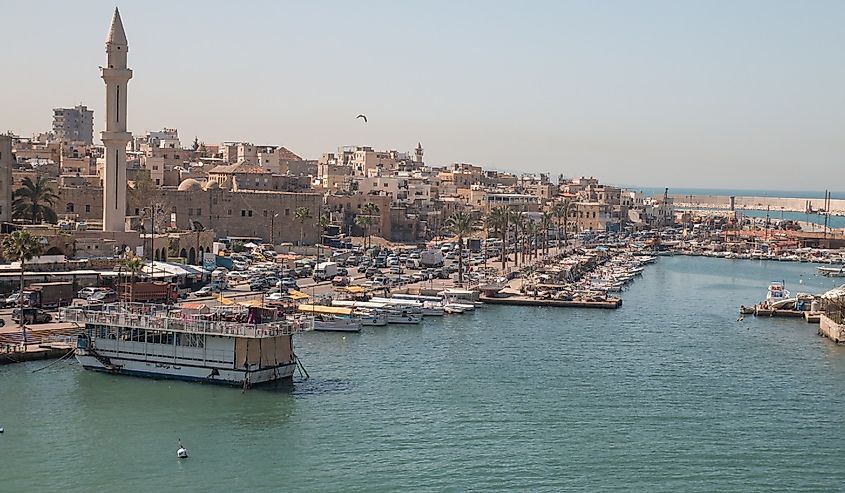
Sidon traces its roots back 6000 years. A crucial Phoenician city-state, Sidon played a significant role in ancient seafaring and trade. Furthermore, it is associated with the invention and use of the Phoenician alphabet, which influenced modern alphabets. Conquered by Persians, Alexander the Great, and Romans, Sidon became a center for Christianity under Byzantine rule.
Post-Islamic conquests in the 7th century, it thrived under the Umayyad, Abbasid, and Fatimid dynasties. The Crusader period (12th-13th century) marked the construction of Sidon Sea Castle, a historical landmark that is being actively repaired but still allows tours. Despite Ottoman rule (16th-20th century), Sidon maintained local autonomy, sustaining commerce and agriculture. Notably, the Temple of Eshmun from the 7th century BCE still stands fairly intact.
Plovdiv, Bulgaria

Around 6000 BCE, a neolithic settlement began in Plovdiv. This fascinating metropolis is now the second largest city in Bulgaria; a success story that its original citizens would have appreciated. The subsequent Thracian occupation from 4000 BCE shaped the city's early culture and utility as a center of power. After Philip the Great founded Plovdiv in the 4th century BCE, known to its Greek residents as Philippopolis, it then flourished under the Roman Empire (1st-4th century CE), evidenced by the preserved Ancient Theatre and Roman Stadium. Byzantine rule (4th-14th century) lent religious prominence, while the Ottoman period (14th-19th century) introduced a few iconic architectural styles. The city's history is encapsulated in its three hills, originally seven, each bearing marks of different eras. Notably, the Old Town, with its well-preserved 19th-century Bulgarian Renaissance structures, testifies to Plovdiv's resurgence following Ottoman rule.
Any examination of the world's oldest cities presents a captivating insight into the progress of human civilization. These cities are culturally significant, providing frameworks for the growth of future urban cities. As repositories of historical continuity, they create a tangible bond with the distant past, which promotes a sense of appreciation for how much our ancestors achieved, despite much less, in the way of technological innovations.
